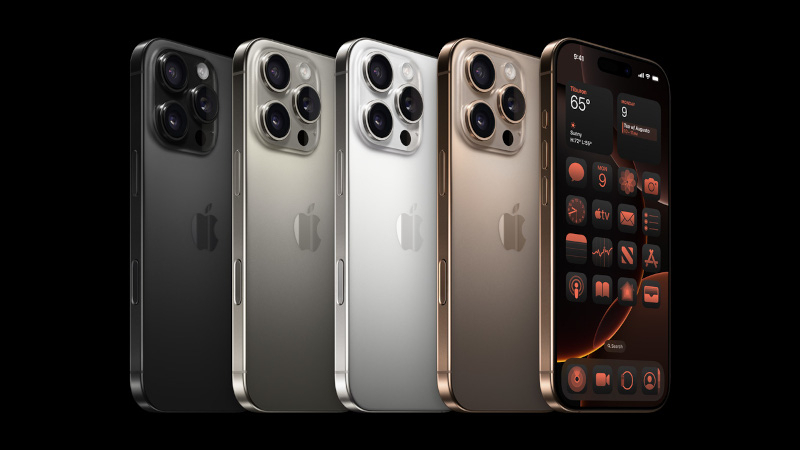Apple has done a lot in recent years to make iPhone repairs easier, including changing the layout of internal components and launching a self-repair program. However, the iPhone 16 released this year takes repairability to a whole new level.

Image Source: Apple
According to Apple, the iPhone 16 was designed with three main principles in mind: durability, repairability and regular software updates. Reliability and regular software updates are something Apple has focused on for many years. This year, developers also paid significant attention to improving the maintainability of smartphones.
First of all, we note that with the release of the iPhone 16, the process of replacing the battery has become much easier. In the past, the battery was glued into the case using adhesive tapes, which were extremely difficult to remove. Now, a special glue is used for this, which is easily removed under the influence of low voltage electric current. This change was probably introduced to ensure that the company’s smartphones comply with the current legislation in the European Union regulating the repair of electronics.
Apple also released a new repair and diagnostic assistant for iOS 18, with which users and specialists from third-party services can configure replaced components directly on the device. Previously, this required contacting the official Apple service. The arrival of a new repair assistant will make it easier to replace different components.
With the upgrade, you can now set up the TrueDepth camera on iPhone 12s and newer iPhones directly on the device without needing to connect to your Mac. You can also transfer the TrueDepth camera from one iPhone 16 (or iPhone 16 Pro) to another. In addition, iPhone 16 Pro and iPhone 16 Pro Max make it easier to access some internal components. iOS 18 also introduces the Apple Diagnostics for Repair tool, which allows you to diagnose and determine which components need replacing without resorting to any auxiliary devices.
At the same time, Apple continues to expand support for third-party spare parts and used components when repairing smartphones. Previously used parts can be calibrated through Apple cloud services, but they will be marked accordingly in the repair history. Third-party parts still cannot be calibrated, but you can try to activate such a part in the iPhone 16 so that it can work at full capacity.
Apple has confirmed that future software updates will enable True Tone on third-party displays, as well as battery health monitoring for third-party batteries. The LiDAR sensor will also continue to work after replacement without calibration, but performance may be reduced.
It can be concluded that Apple is aiming to make its smartphones more repairable, which is good news for users. Original iPhone parts are often quite expensive, so having an alternative choice of potentially cheaper third-party components is a positive thing for Apple smartphone owners.